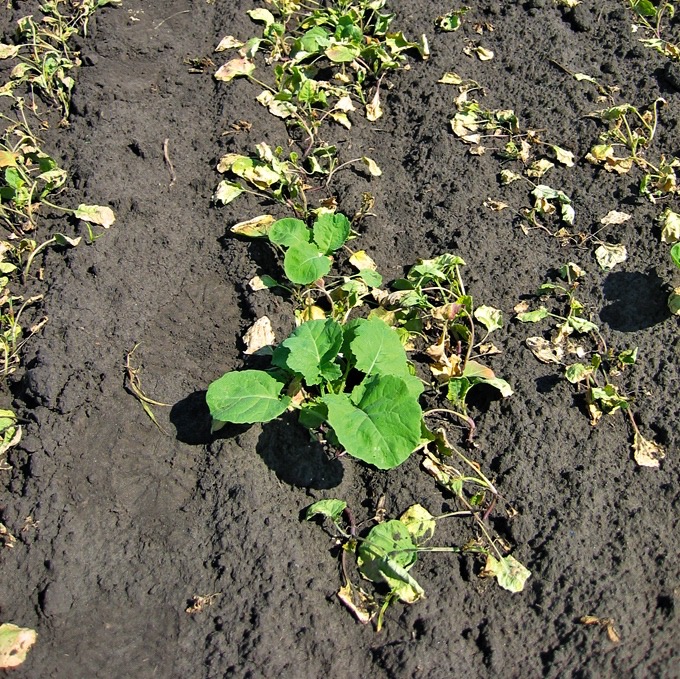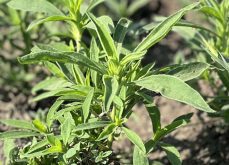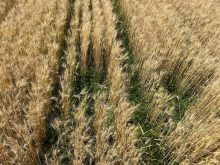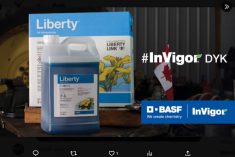Wild oats and volunteer canola are two prevalent weeds that need to be controlled each year. When selecting your wild oat herbicide, be aware of the chemistry groups that you are using throughout your crop rotation.
Group 2 herbicides have become a popular choice for wild oat control, but be careful that you’re not overusing Group 2 chemistry in your rotations with pulses and cereals. Without an adequate chemical group rotation, it won’t take long for your fields to start developing resistance.
An option to combat wild oat herbicide resistance is to rotate between Group 1 and 2, while incorporating Group 8 herbicides into your crop rotation when possible.
Read Also
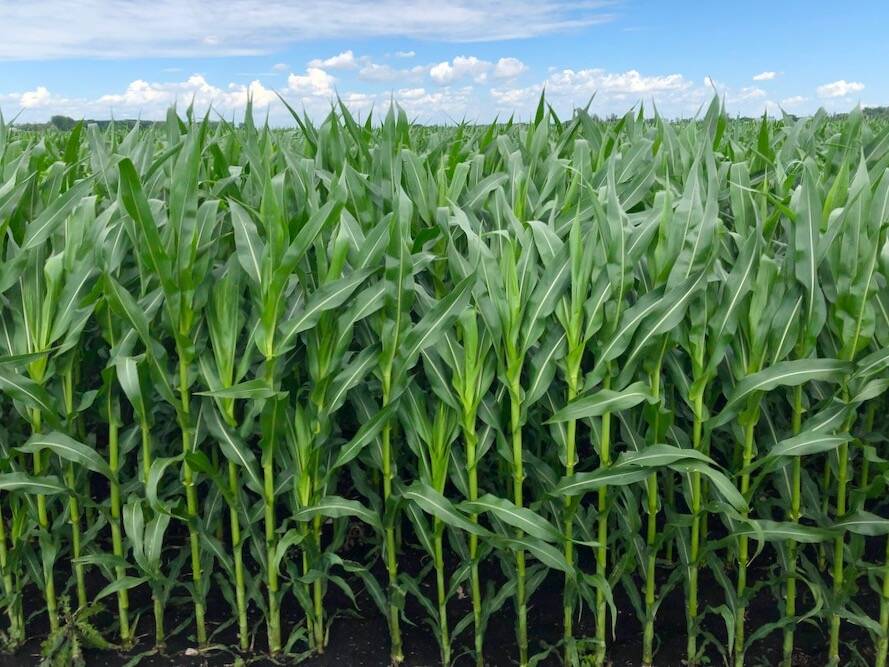
Cancer agency reclassifies another herbicide ‘probably carcinogenic’
The WHO’s cancer research agency has now put atrazine, a herbicide well known to corn growers, in the same potential-hazard category where the agency put glyphosate.
Volunteer canola can be effectively controlled in cereal crops through the use of a pre-emergent herbicide with residual activity.
Without residual control, you can bet on seeing another flush of weeds shortly after your cereals have emerged. In-crop herbicide timing is also key, as you want to control as many of those flushing weeds as possible without exposing your crop to heavy weed competition.
Avoid using products that only offer suppression of volunteer canola rather than control. Also, consider the previous canola system used, as you can have volunteers that come up with traits — including glyphosate tolerance. Generally speaking, a full rate of a FRAC Group 4 will give you good volunteer canola control.
Sterling Mitchell, agronomic service representative, Syngenta Canada.

